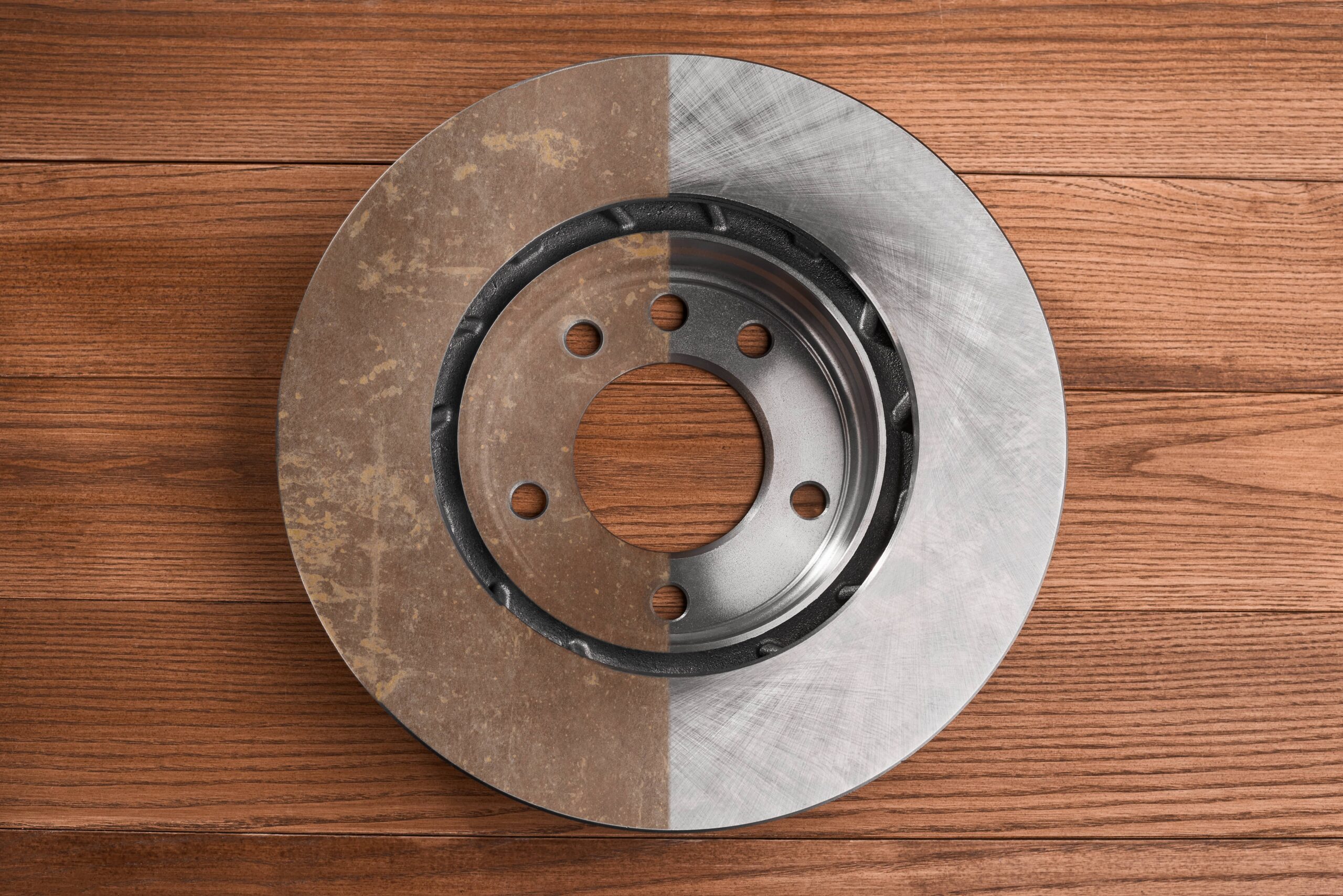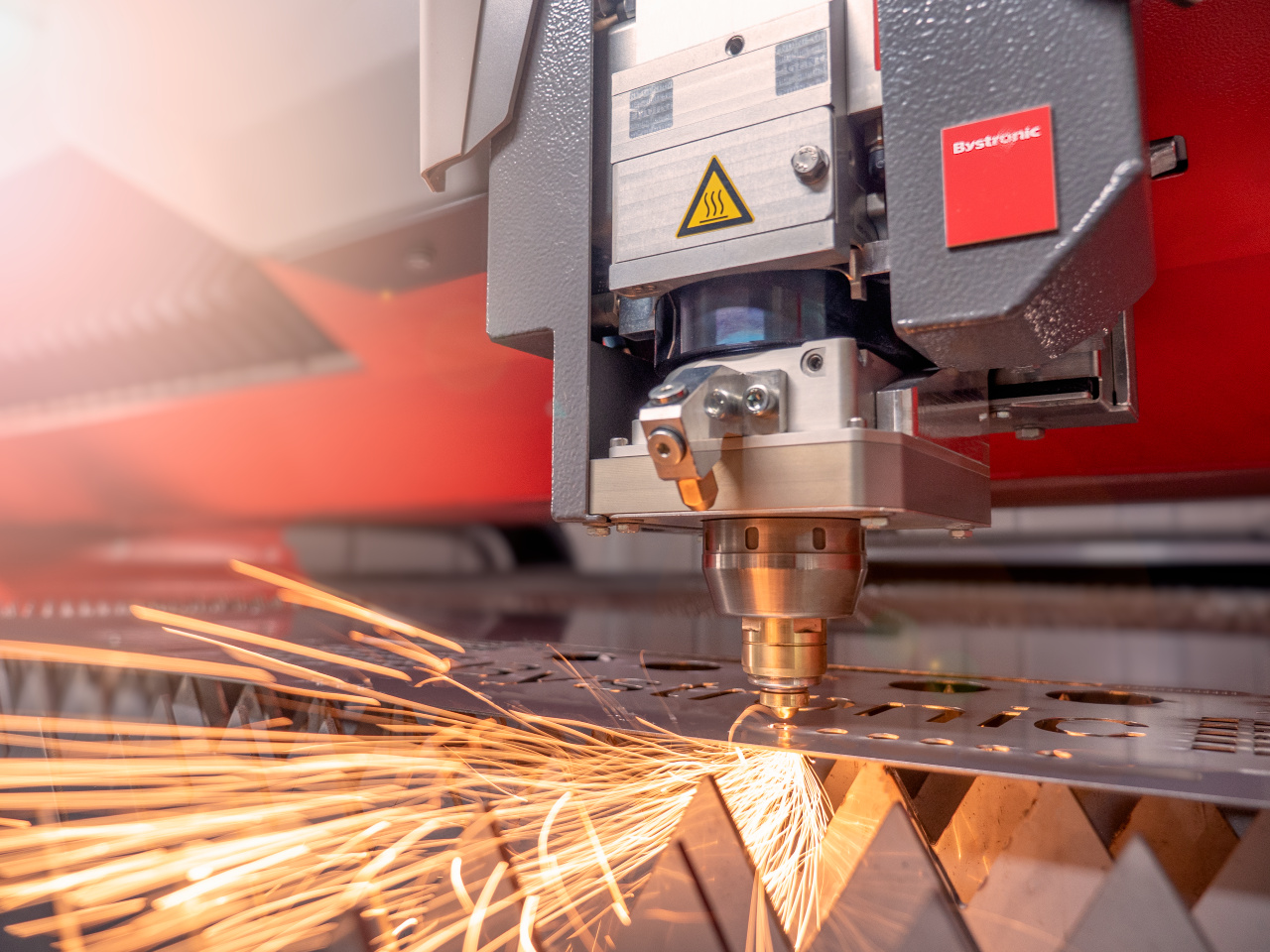The Different Types of Laser Cutting
Are you familiar with many types of laser cutting? Do you know which of them would best serve your business?
If you’re searching for the best laser cutting methods available for your business, we have all of the answers you need right here. If you’re also searching for an expert metal fabrication service that can fulfil those needs, you can take advantage of our many years of expertise in custom laser cutting services.
We are Salamander Fabrications, a Yorkshire-based team of experts in metal fabrication. Today, many businesses that need metal fabrication services choose to place their faith in us. If that sounds like you, get in touch.
Having built up an array of impressive credentials in our line of work, we’re confident in providing you with a comprehensive guide to the different kinds of laser cutting available.
Understand The Key Types Of Laser Cutting
The two types of laser cutting you are likely to hear about most often are CO2 cutting and fibre cutting. Our custom laser cutting service uses fibre cutting.
This is because we ultimately deem it more effective than many alternative approaches to laser cutting — including crystal and direct-diode techniques.
In this article, you will be able to easily pick up comprehensive details about:
- Different types of lasers used for cutting
- These lasers’ use cases, strengths and weaknesses
Essentially, laser cutting works by focusing a laser beam on a given material, in the process reshaping or distorting it with heat and pressure. If you want a deeper understanding of exactly how we achieve this, get up to speed with our answers to the question ‘what is laser cutting’ before you read on.
Co2 Lasers
These are sometimes referred to as gas lasers, as they produce light beams by running a mixture of gases — including carbon dioxide, but also potentially nitrogen, helium and hydrogen — through a tube.
This type of laser is most often used on relatively thin materials like paper (e.g. wallpaper), fabric, leather and wood.
Though CO2 lasers do not tend to be applied to metals, they remain generally capable of piercing thin sheets of non-ferrous metal, such as aluminium.
Benefits
- Can cut a wide range of thin materials
- Also useful for processing food like cheese and chestnuts
- Can cut through various thicknesses at the same (or lower) power
- Do not leave irregularities in material cuts
- Also suitable for boring and engraving
- Impressive energy efficiency
- High power output ratio
- Cost-effective
- Some CO2 lasers can deliver multiple kilowatts of power
- More oxygen can be added to the CO2 beam to strengthen it
Weaknesses
- Not suitable for cutting thick metal sheets
- Using it to cut metal might lead it to spark or catch fire
- Metal cutting jobs can damage the mirrors attached to the tube
- Typically limited to 25 to 100 watts of power
- Adding more oxygen to the CO2 beam can be risky
- This oxygen can potentially catch fire
Fibre Lasers
We use fibre lasers as standard for a wide range of sheet metal fabrication jobs. Fibre lasers are so-called as they work using optical fibre and operate by sending the laser beam through fibreglass diodes, which also amplify it.
Fibre lasers deliver a lot of power for the electricity expended. These lasers can also cut both metallic and non-metallic materials – for example, plastic, glass and wood.
A fibre laser is also the best type of laser for cutting reflective materials, as there is no danger of the laser being reflected off the material.
Benefits
- Capable of delivering consistently strong beams
- Can achieve extremely precise results compared to CO2 cutters
- Can cut more smoothly, quickly and flexibly than CO2 cutters
- Much more energy efficient than CO2 cutters
- Produce less waste than CO2 cutters
- Do not require any flow of gas
- Generally do not entail any maintenance
- Have a far longer service life than CO2 and crystal lasers
Weaknesses
- Usually the most expensive laser cutting machines
- Some fibre laser cutters can struggle to effectively cut materials thicker than 20mm
- Many fibre laser cutters come with various settings potentially confusing to people inexperienced at laser cutting
Crystal Lasers
Crystal laser cutters can be sorted into the following two broad categories:
- Neodymium-doped yttrium aluminium garnet (Nd:YAG)
- Neodymium-doped yttrium ortho-vanadate (Nd:YVO)
Each of these terms refers to a specific type of crystal used by the laser machinery — with Nd:YVO crystals being used more often.
Nd:YAG and Nd:YVO units can be compared across a range of measures. For example, while Nd:YVO lasers are broader in bandwidth and higher in thermal conductivity, Nd:YAG lasers last longer and allow for higher pulse energies.
Crystal lasers are used in numerous sectors — including manufacturing and the medical industry.
Benefits
- Can cut through relatively thick and tough materials
- Offer extremely high cutting power
- Can operate continuously
- Nd:YVO and Nd:YAG cutters often perform similarly to each other
- Can cut many forms of metal, including metal with a powder coating
- Also good at cutting a number of non-metals, e.g. plastics
- Can cut a few ceramics (albeit only in particular circumstances)
Weaknesses
- Can be costlier to buy than other laser cutting machines
- Have a low expected service life of 8,000 to 15,000 hours
- Rely on pump diodes that can be expensive to replace
- Can be less serviceable than alternative laser cutters
- Nd:YVO lasers can only run continuously when on medium or high power
Direct Diode Lasers
Here’s a simple question: how does a laser work? Basically, it starts working by using an electrical discharge to stimulate what is referred to as a ‘lasing material’.
All the while, this lasing material is kept in an enclosed container. It is not until after the lasing material is stimulated that the laser cutting machine creates the laser beam — and uses optics to direct it onto the workpiece material.
A direct diode laser is a type of solid-state laser, as its lasing material is in solid form, rather than, say, gas or liquid form. A glass rod in a direct diode laser is doped to bring about the laser action.
Benefits
- Uses familiar (and so tried-and-trusted) laser cutting technology
- Already mainly used for cutting metal
- Some direct diode lasers can tap into multiple kilowatts of power
- Small size
- Long service life
- Acclaimed for their “high wall-plug efficiency”
Weaknesses
- Produce poorer laser beams in comparison to fibre lasers
- Are usually not as powerful as other models of laser cutting machine
- Typically only deliver about 10 watts of power
How Do You Choose the Right Type of Laser for Your Project?
Contrary to popular belief, laser cutting is not a ‘new’ technology, as its genesis can be traced back to roughly the 1960s.
However, as many different types of laser cutting machine have since been built, you could struggle to select the right one for your metal fabrication project.
Below, we compare the properties and advantages of various laser types to assist you in matching the right laser cutter to your specific metalworking job.
Cutting vs Engraving
Laser cutters are mainly used for either cutting or engraving. So, before choosing a laser cutter, decide which of these two processes you need.
Another factor is how the material will react to the process. If you seek engraving, for example, you should go with a cutter built for the required precision.
Performance
While somewhat low-power equipment might suffice for laser cutting on a hobbyist level, what if you need to have metal cut for manufacturing purposes? In that case, you might require a cutter high in penetrative power.
However, a bigger factor in a laser cutter’s performance is its optics. So, pay more attention to a cutter’s optics than its power consumption.
Bed size
How much metal cutting or engraving work needs doing, and for what deadline? Your answers will very much determine what size of bed you should choose for the laser cutter.
It’s a simple equation: the larger this bed, the larger the amount of work the cutter will be able to complete at a time. So, for metalwork jobs that need to be finished both quickly and in high quantities, a laser cutter with a large bed would fit the bill.
What materials can laser cutting be used for?
As laser cutters can pierce any kind of metal, they serve crucial purposes here at Salamander Fabrications. These metals can be used on metals including:
- Aluminium
- Mild steel
- Carbon steel
- Stainless steel
- Copper
- Brass
Lasers can also cut many non-metallic materials — including:
- Paper
- Cardboard
- Wood
- Cork
- Glass
- Ceramics
- Acrylic
- Cloth
- Leather
- Rubber
Can lasers also cut plastics? Yes, some plastics — but others can be dangerous to cut in this way, e.g. due to gases they would release.
Salamander Fabrications’ Precision Lasers
By investing heavily in our equipment and staff training, we can steer laser cutting projects to success every time. This dedication means that clients can always look forward to seeing great results in line with the brief.
Here are a few examples of what we do to safeguard our high standards:
- We’ve got lasers that cut twice as quickly as the average – We’ve implemented an automated laser and integrated handling system engineered to cut sheet metal twice as quickly as our existing machines.
- We’re always investing in our specialist machinery – One major incentive to task our team with laser cutting on your business’s behalf is that we have acquired equipment enabling us to handle such jobs with efficiency.
- We run two Bystronic laser cutters on a 24/7 basis – As a result, we complete commercial metalwork assignments to tight deadlines.
- Our quality control is second to none – In order to preserve our edge in the manufacturing industry, we have achieved double accreditations from the International Organisation for Standardisation (ISO).
FAQs about the Different Types of Laser Cutting:
We’ve put together these FAQs to clear up some common questions about laser cutting.
Why do people use laser cutting?
Many people use lasers to cleanly cut materials in precise shapes and designs.
Can Salamander Fabrications produce commercial-level high order quantities of laser-cut metal work?
Yes, as we have large-bed laser cutters that can work right around the clock.
Does laser cutting leave burn marks?
With some materials, burn marks are inevitable — but can be cleaned up afterwards.
How much does laser cutting cost?
This depends on various factors, including the material used and its grade and thickness.
How accurate is laser cutting?
Laser cutters can use beams as tiny as 0.1mm in radius, enabling stunningly accurate results.


